Top Things to Know Before Buying a Backyard Privacy Fence
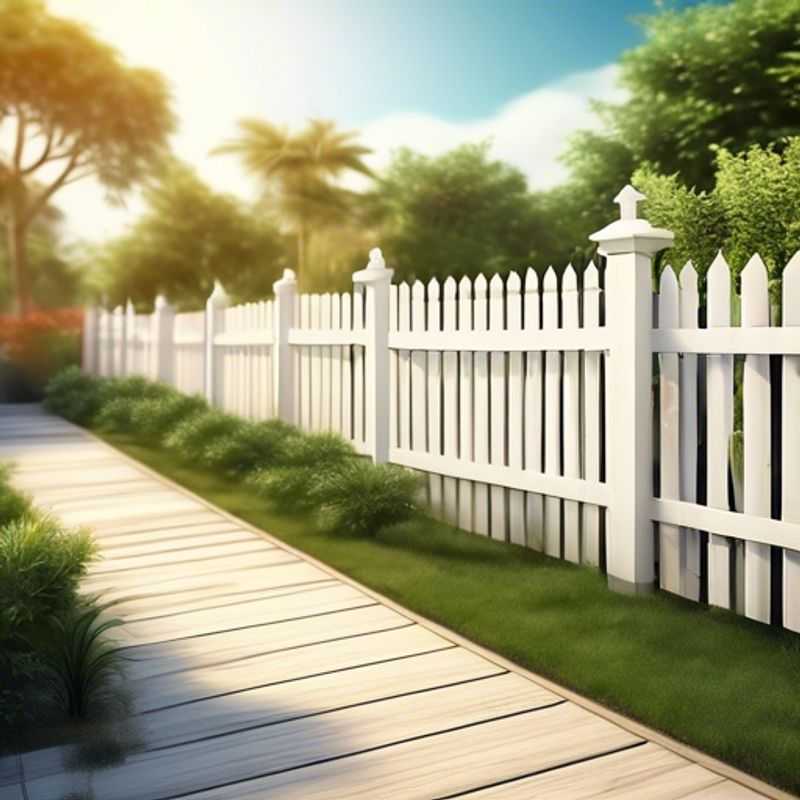
Top Things to Know Before Buying Backyard Privacy Fence: Purpose, Regulations, Measurement, Climate, Style, Maintenance, Installation
Thinking about adding a privacy fence to your backyard? It's a great way to create a tranquil oasis, enhance security, and boost your property's value. Before you jump into the project, let's delve into some key considerations that'll help you make the best choice for your needs.
First things first, determine the purpose and desired level of privacy. Do you want a complete barrier or a more open feel? This will guide your material and design choices.
Next, research local zoning laws and regulations. Every city has rules regarding fence height, materials, and setbacks. Understanding these guidelines will ensure a smooth installation process.
Measure the area accurately! This step might seem obvious, but it's crucial. Accurate measurements will prevent overbuying or underbuying fencing, saving you money and headaches.
Consider the climate and weather conditions in your region. Choose materials that can withstand harsh sun, rain, snow, or wind. This will ensure longevity and minimize maintenance down the road.
Evaluate the different fence styles and designs that fit your aesthetic preferences. From classic wood to modern metal, there's a style for every taste. Pick a design that complements your home and landscaping.
Factor in the long-term maintenance requirements for the type of fence you choose. Some materials, like wood, require regular staining or painting, while others, like vinyl, are low-maintenance.
Finally, hire a reputable contractor or be prepared to install the fence yourself. If you're DIYing, consider your skillset and time availability.

Privacy vs. Views: Choosing the Right Fence for Your Backyard
Before you jump into building a backyard fence, take a moment to figure out why you want one and how much privacy you desire. Think about what you'll be using the fence for: Keeping pets in, creating a secure space for children, blocking unwanted views, or adding a touch of visual privacy. The level of privacy you want will influence the height, style, and materials you choose.
For example, a simple chain-link fence might keep your dog contained, but offers little privacy. A taller wooden fence with a solid design will provide more privacy, but will also come with a higher price tag. Consider your budget and the overall style of your home when choosing a fence. Some fencing projects can involve permitting and inspections, so it's smart to check with your local authorities early on.

Fencing In Your Dreams: A Guide to Local Zoning Laws and Regulations
Before building a fence, it’s essential to understand the local zoning regulations and requirements. This includes the allowed height of fences, the materials permitted, and any setback requirements from property lines. These regulations vary significantly depending on your location, and failing to comply can result in fines or even the need to remove the fence.
To find this information, you can start by contacting your local building department or planning department. They may have online resources or provide you with a zoning map that identifies the specific regulations for your property. You can also check the website of your city or county government. Additionally, you may find helpful information through homeowners associations or neighborhood groups if applicable. Be sure to check for any updates or changes to regulations as they can be amended.
Knowing and adhering to local zoning regulations ensures that your fence project is completed legally and successfully. It can also help to avoid potential conflict with neighbors or issues with future property sales.
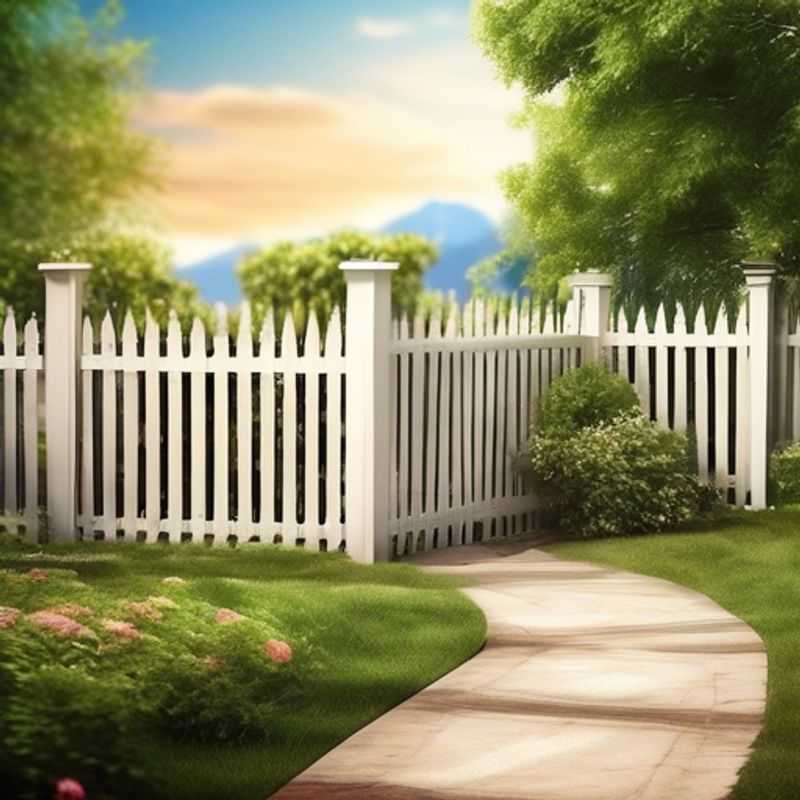
Fence Me In: Accurately Measuring Your Area for the Perfect Fence
When calculating the fencing needed for your property, accurate measurement is key. Avoid overbuying or underbuying! You can determine the amount of fencing you need with a simple formula: perimeter = length + length + width + width.
Start by measuring the length of each side of your property. Use a measuring tape and record the measurements. Don't forget to account for any gates or openings in your fence line.
Once you have all your measurements, add them together to calculate the total perimeter. This is the total length of fencing you will need.
Remember to consider the size of your gates and openings. These will need to be included in your calculations. If you are using pre-made fence panels, be sure to account for the length of the panel and any required overlap.
To ensure you purchase the right amount, always round up to the nearest whole panel or length. This will ensure you have enough material and reduce the likelihood of needing to purchase more later.
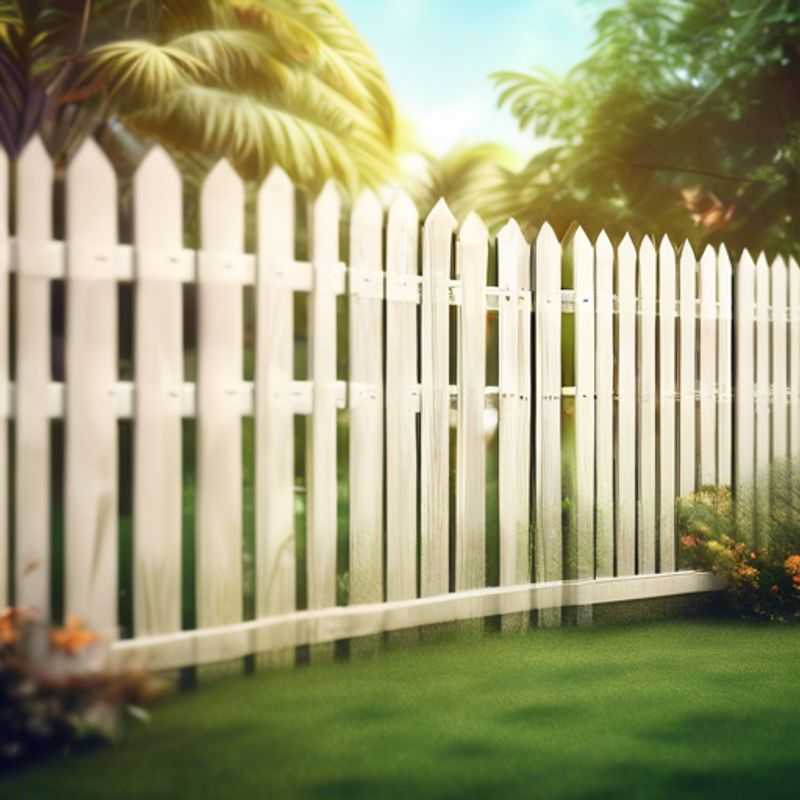
Weatherproof Your Fence: Choosing Materials for Your Climate
Choosing the right fence material for your property depends heavily on the climate and weather conditions in your region. Think about these factors when deciding:
Extreme Temperatures:
In areas with intense heat, materials like vinyl and aluminum can withstand expansion and contraction better than wood, which can warp or crack under extreme temperatures. Consider the material's ability to handle temperature fluctuations.
Humidity and Moisture:
High humidity can accelerate wood rot and corrosion in metal fences. Choose materials that resist moisture damage or opt for treated wood.
Strong Winds:
Fences in windy areas need to be sturdy and well-anchored. Consider using heavier materials or reinforcement for additional stability.
Heavy Snow:
In snowy regions, consider a fence design that minimizes snow accumulation to prevent damage and ensure stability. A fence with a slightly sloped design can help snow slide off more easily.
Salt Spray (Coastal Areas):
Saltwater can quickly corrode metal fencing. Opt for marine-grade materials or consider using composite fencing that is resistant to saltwater damage.
By carefully considering your region's climate and weather conditions, you can select a fence material that will stand the test of time and enhance your property's beauty and functionality. Don't forget to research material longevity and maintenance requirements as well!
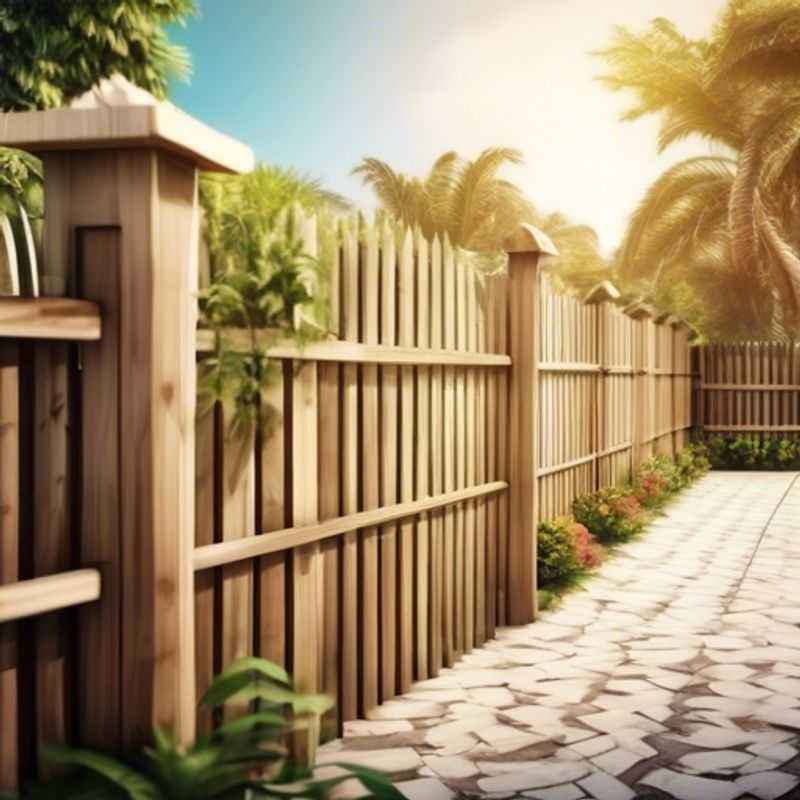
Choosing the Perfect Fence: Exploring Styles and Designs to Match Your Vision
Choosing the right fence style is crucial for boosting your property's curb appeal and providing security. Here's a quick guide to help you evaluate different fence styles:
Picket fences are a classic choice, often associated with charm and a welcoming atmosphere. Privacy fences, often made of solid panels, are ideal for creating private outdoor spaces and blocking unwanted views.
Rail fences are rustic and cost-effective, commonly used in rural settings. Split-rail fences, a variation of rail fences, offer a more modern touch. Chain-link fences, though inexpensive, are generally less aesthetically pleasing and more common in industrial settings.
Vinyl fences are low-maintenance, durable, and come in various styles and colors. Aluminum fences are lightweight and rust-resistant, but can be more expensive. Wood fences offer a traditional look and can be customized to match your existing architecture.
When considering your budget, remember to factor in installation costs, material costs, and any permits that may be required.
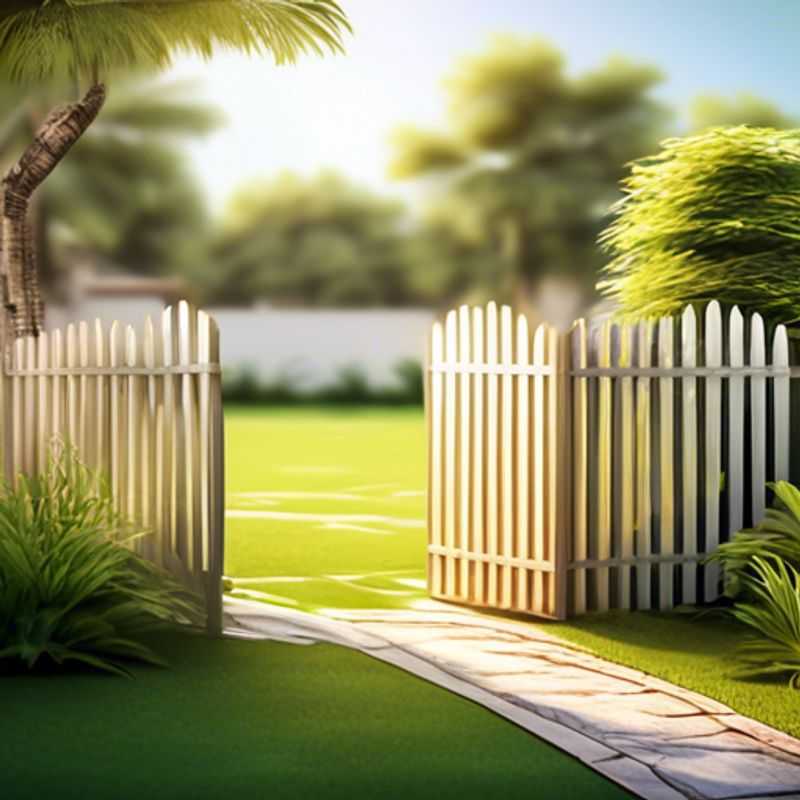
Fence Longevity: Don't Forget Long-Term Maintenance
Choosing a fence is exciting, but remember to think long-term! The type of fence you select will directly impact the amount of maintenance it needs. Some fences, like wood, require regular staining or painting to prevent rot and insect damage. Others, like vinyl, are practically maintenance-free.
When considering maintenance, think about your time and budget. How often are you willing to put in the work? Do you have the tools and skills necessary for upkeep? Can you afford the cost of professional maintenance?
Here's a quick rundown of some common fence materials and their associated maintenance:
Wood - This classic choice needs regular staining or painting to protect it from the elements. Expect to apply a new coat every 1-3 years. Wood can also be susceptible to pests and rot, so regular inspections are crucial.
Vinyl - Vinyl fences are known for their low maintenance needs. They don't require painting or staining and are resistant to rot and insects. However, vinyl can fade over time, and you may need to clean it periodically to keep it looking its best.
Metal - Metal fences, like aluminum or steel, generally require less maintenance than wood. They might need a coat of paint every few years to protect against rust.
Concrete - Concrete fences are durable and require minimal upkeep. They can be stained for added color, but generally, just need occasional cleaning to maintain their appearance.
By carefully considering the maintenance needs of different fence types, you can make an informed decision that fits your lifestyle and budget. Don't forget to factor in the cost of future maintenance when estimating your overall fence budget.
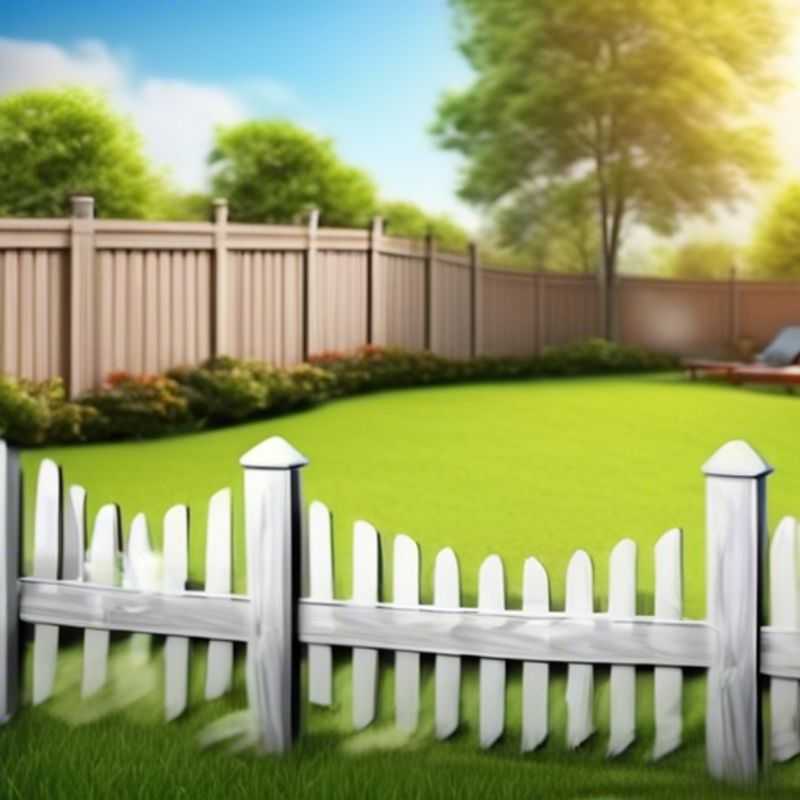
DIY Fence or Hire a Pro? Weighing the Pros and Cons
Fencing your yard offers privacy, security, and visual appeal. Before embarking on this project, consider your DIY skills and available time. If you're handy with tools and have the time, installing the fence yourself could be a rewarding experience. However, if your time is limited, or you're unfamiliar with construction, hiring a reputable contractor is the way to go.
Hiring a contractor saves you time and potential headaches. They bring experience, tools, and knowledge of local codes and regulations. They can also handle permits and inspections, ensuring your fence is built to code and meets local safety standards.
When hiring a contractor, get multiple quotes, compare their experience and qualifications, and request references. Check their license and insurance to ensure they are qualified and bonded. A reputable contractor will provide a detailed contract outlining the scope of work, materials used, payment schedule, and completion timeline. This will prevent surprises and ensure a smooth process.
Installing a fence yourself requires planning and careful execution. You'll need to research fence types, choose the right materials, obtain the necessary permits, and familiarize yourself with local building codes. It's also crucial to have the appropriate tools, including a post hole digger, level, saw, hammer, and measuring tape.
Whether you choose to hire a contractor or DIY, remember to budget for the materials, permits, tools (if necessary), and any potential unforeseen costs. A well-planned approach ensures a successful fence project that enhances your property.
